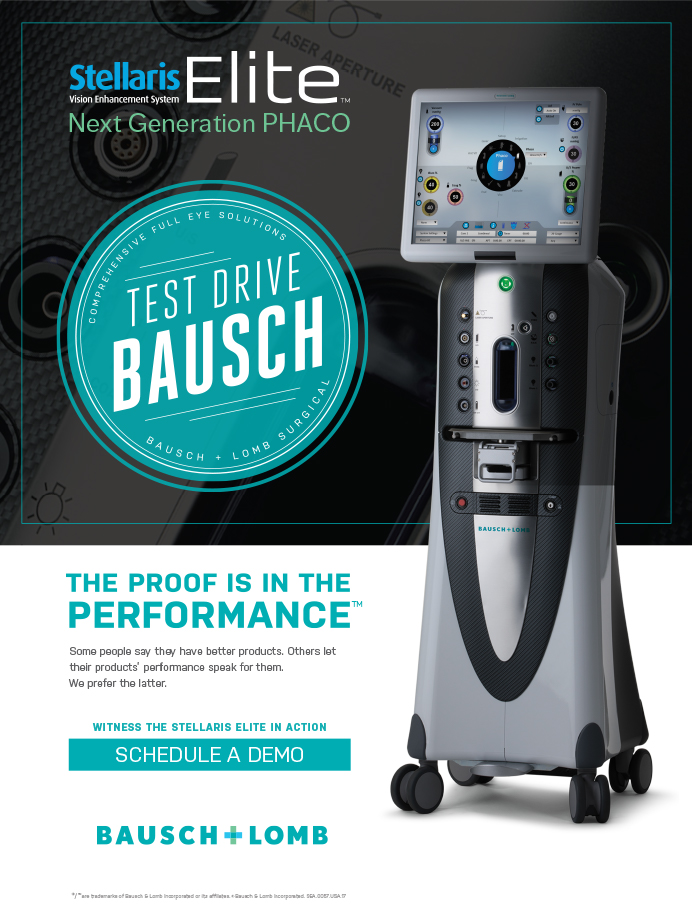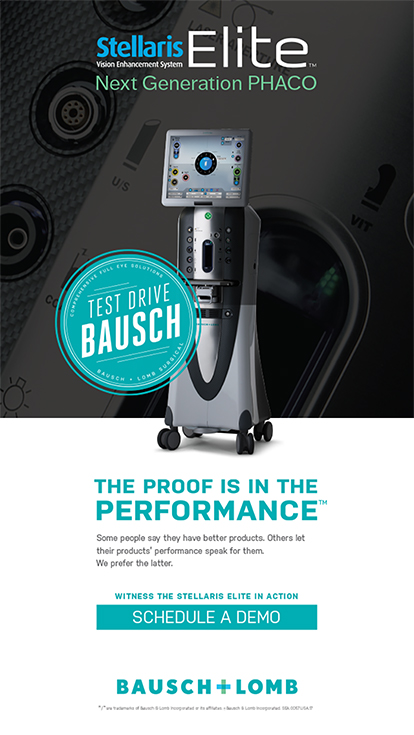Optometrists pride themselves in their role as gatekeepers of eye health. With such a title comes the obligation to answer preliminary questions from patients considering surgery. Here are five questions I frequently encounter when a patient is considering LASIK.
AM I A CANDIDATE FOR LASIK?
Patients view their optometrist as their primary eye care provider. Before relying on a surgeon to answer questions of eligibility, the patient often asks the optometrist if he or she is a good candidate for LASIK. After all, the optometrist often knows the patient and his or her eye history better than anyone. Patients older than 18 with a stable prescription and no corneal or retinal pathologies are the easiest to clear for surgery.1 Patients older than 40 can be candidates for LASIK, but the optometrist should consider such patients’ visual demands and future eye health concerns, such as maturation of cataracts.
DOES LASIK LAST FOREVER?
This question is a good opener for the discussion of presbyopia and cataracts, both of which may eventually change the patient’s visual acuity. The patient should know that, although the anatomic effects of LASIK will remain unchanged over time, there is no way to prevent physiologic changes that occur due to genetic disposition or age.
IS IT TRUE THAT LASIK MAY GIVE ME DRY EYES?
Yes, it is true—especially in the first few months after surgery.2 One should tell the patient, however, that up to 75% of patients already have dry eye disease (DED) before surgery.2 Explain to the patient the importance of detecting and treating ocular surface disease before referring for surgery. Such treatment can help to optimize surgical measurements and decrease the severity of postoperative dryness. Still, let the patient know that some patients are at risk for permanent DED after LASIK, but that the rate at which permanent DED occurs has decreased with the advent of femtosecond flap technology.
WOULD YOU HAVE LASIK?
I get this question all the time. I have an easy answer: Yes, I have had LASIK, and it was performed by the same surgeon who will be performing your procedure. This question is primarily concerned with safety. Expressing confidence in the safety of LASIK speaks volumes about the procedure and about the surgeon your patient may be seeing.
CAN I AFFORD LASIK?
The 2017 national average cost for LASIK per eye was $2,135.3 The estimated average out-of-pocket cost for a year’s supply of contact lenses ranges from $200 to $700; a pair of single-vision glasses costs an average of $100 to $300. If a patient has LASIK when he or she is 25, he or she will likely break even in 5 to 7 years. Many patients finance their surgeries through companies such as CareCredit or use funds from flexible spending accounts or health savings accounts to pay for the procedure. Some insurance plans even offer incentives to undergo LASIK.
PLUSES AND MINUSES
Although every patient who undergoes LASIK possibly represents lost revenue for his or her optometrist in the form of reduced material cash flow, these patients will still require postoperative management and annual ocular exams. Comanagement of LASIK patients may be an opportunity for increased revenue via follow-up appointments and referrals. Plus, comanagement gives optometrists the ability to be a bigger part of the patient’s LASIK journey.
- Rubinfeld RS, Trattler WB, Talamo J, et al. Screening of refractive surgery candidates for LASIK and PRK. Cornea. 2015;34(5):e13-14.
- Shtein RM. Post-LASIK dry eye. Expert Rev Ophthalmol. 2011;6(5):575-582.
- Market Scope. 2017 Annual US Cataract Surgeon Survey Report. St. Louis, MO: Market Scope LLC; 2017.






